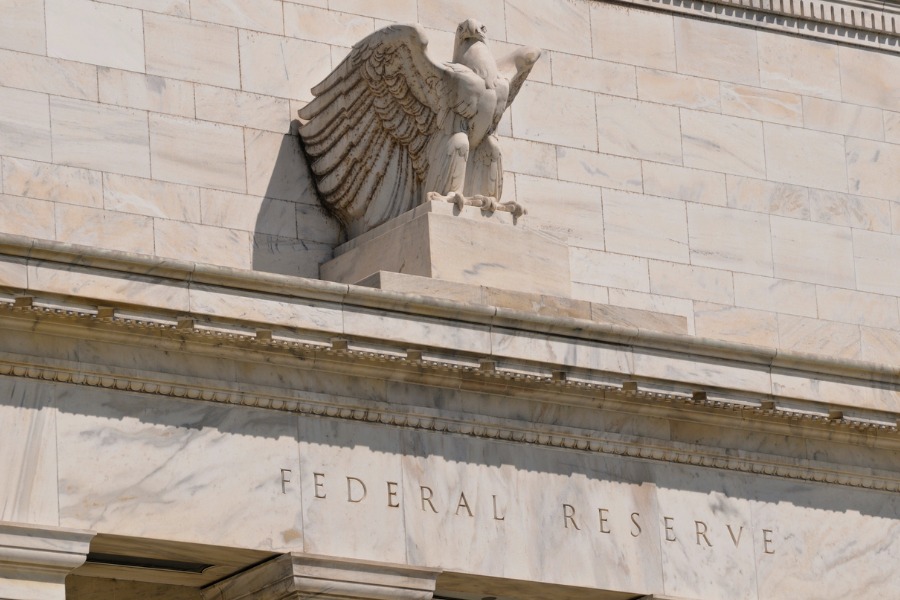

Following financial markets' hopeful expectations of further easing on interest rates, the Federal Reserve has revealed its last monetary policy decision for the year.
In its much-anticipated announcement, the central bank said it would adjust rates by a quarter percentage point, setting the target range at 4.25 to 4.5 percent to cap off 2024.
"Recent indicators suggest that economic activity has continued to expand at a solid pace," the Fed said in a statement Wednesday afternoon. "The Committee judges that the risks to achieving its employment and inflation goals are roughly in balance."
While the central bank has made great strides in its efforts to rein in inflation from its mid-2022 peak, recent readings from the Department of Labor suggest progress has stalled.
A data snapshot from the Bureau of Labor Statistics last week revealed the consumer price index inched up 0.3 percent for the month, contributing to a 3.3 percent rise year-on-year. Core CPI, which strips out food and energy costs, went up 2.7 percent. A separate report the same day showed real hourly earnings grew 1.3 percent from a year ago, lending some credence to the idea that the labor market isn't as much a factor in inflation as some had feared it would.
"Inflation has made progress toward the Committee's 2 percent objective but remains somewhat elevated," the Fed statement read.
The picture was further muddled by signs of a robust labor market. A data release from the BLS Friday showed nonfarm payrolls rising 199,000 last month, accelerating from 150,000 in October. Meanwhile, the unemployment rate declined to 3.7 percent, and workforce participation inched up.
"Since earlier in the year, labor market conditions have generally eased, and the unemployment rate has moved up but remains low," the Fed's December decision said.
Investors had counted on a steady cutting pace after the Fed's emphatic half-percentage point move in September, but those hopes dampened quickly after President-elect Donald Trump's victory at the polls on November 5.
Experts and strategists have warned of a potential inflationary outcome from Trump's tax and tariff policy proposals, adding another item to the already-demanding list of items for Fed Chair Jerome Powell and other policymakers to watch.
"In assessing the appropriate stance of monetary policy, the Committee will continue to monitor the implications of incoming information for the economic outlook," the statement said. "The Committee would be prepared to adjust the stance of monetary policy as appropriate if risks emerge that could impede the attainment of the Committee's goals."

Chasing productivity is one thing, but when you're cutting corners, missing details, and making mistakes, it's time to take a step back.

It is not clear how many employees will be affected, but none of the private partnership’s 20,000 financial advisors will see their jobs at risk.

The historic summer sitting saw a roughly two-thirds pass rate, with most CFP hopefuls falling in the under-40 age group.

"The greed and deception of this Ponzi scheme has resulted in the same way they have throughout history," said Daniel Brubaker, U.S. Postal Inspection Service inspector in charge.

Elsewhere, an advisor formerly with a Commonwealth affiliate firm is launching her own independent practice with an Osaic OSJ.
Stan Gregor, Chairman & CEO of Summit Financial Holdings, explores how RIAs can meet growing demand for family office-style services among mass affluent clients through tax-first planning, technology, and collaboration—positioning firms for long-term success
Chris Vizzi, Co-Founder & Partner of South Coast Investment Advisors, LLC, shares how 2025 estate tax changes—$13.99M per person—offer more than tax savings. Learn how to pass on purpose, values, and vision to unite generations and give wealth lasting meaning
